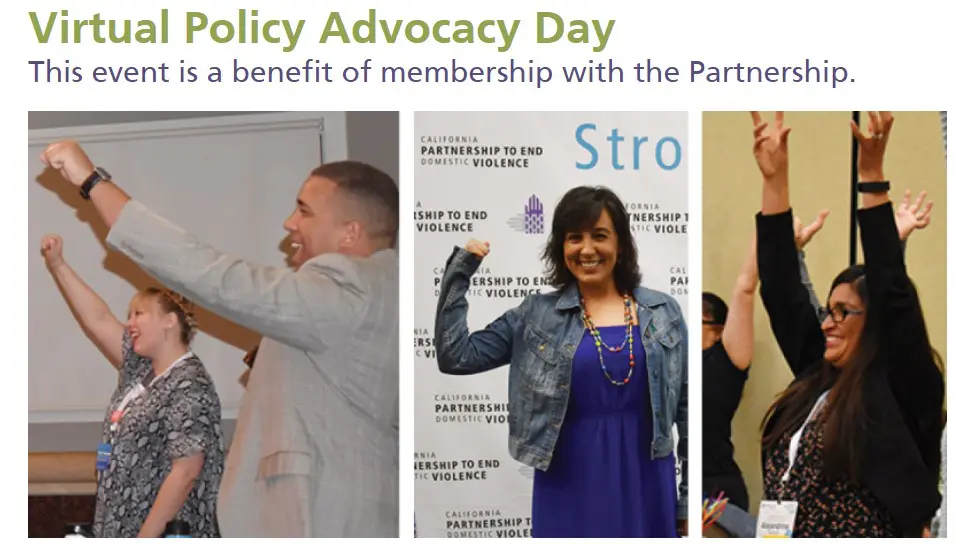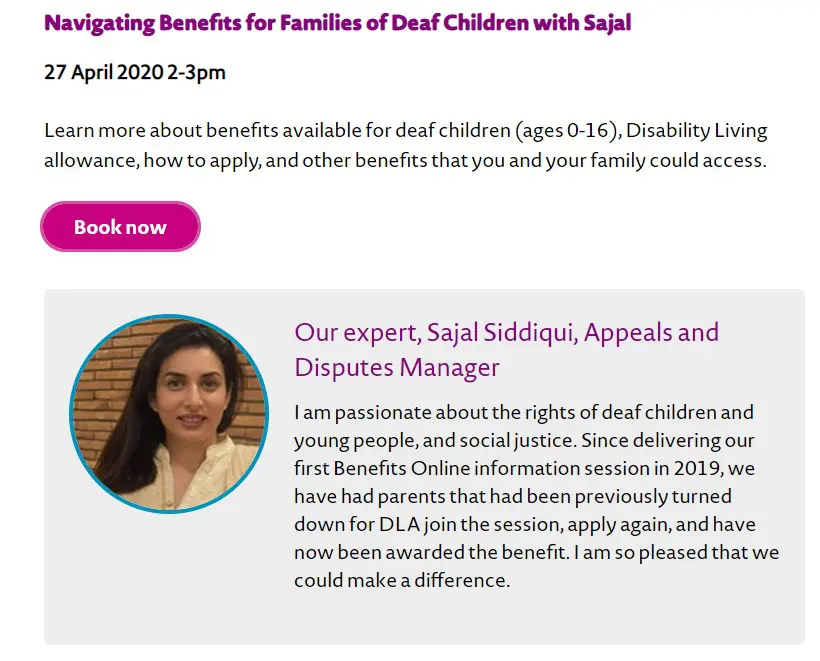Community events don’t have to translate into in-person events. As many have learned from navigating the coronavirus pandemic, virtual community events can be fulfilling and help keep people connected.
It’s a basic human instinct to long for community and seek it out in our daily lives. At this point in history, I don’t think that anyone would argue the importance of human interaction. And when meetings and get-togethers go months without typical members and attendees touching base, our connections can crack and fall apart.
Virtual events can help bring that sense of community back through online meet-ups and livestreams. And with the technology available, you might even consider expanding your community to bring even more people together around your cause.
Virtual Communities
With a virtual event, you can bring supporters and program participants together, wherever they are. You might even like them so much that you decide to continue hosting virtual events alongside your in-person events in the future. With benefits like lower costs and improved accessibility – it’d be silly not to consider the option!
Examples of Virtual Community Events
Nonprofits have effectively shifted their offerings and communities online. This list of online arts events during the COVID-19 outbreak is full of excellent examples of events in arts communities.
Gilda’s Club Madison
Gilda’s Club Madison knows that community support is especially important to cancer patients and their loved ones. They were quick to offer weekly and monthly support groups, along with a few wellness activities (like yoga classes!) online.

St. Louis Aquarium Foundation
When kids could no longer visit the aquarium in person, the St. Louis Aquarium Foundation used Facebook Live to connect their community with the animals through weekly informational videos and interactive follow-up activities and quizzes for children.

St. Paul Art Collective
The St. Paul Art Collective is hosting their first virtual art crawl to connect their community with their artists during stay at home orders.

California Partnership to End Domestic Violence
The California Partnership to End Domestic Violence hosted a virtual members-only advocacy event to address the challenges caused by COVID-19.

National Deaf Children’s Society
The National Deaf Children’s Society offered their community a range of online programs for both parents and children, with recordings available after the fact for live events.

Considerations for Virtual Community Events
Planning a virtual community event is pretty different than an in-person event. For example, virtual events tend to move more quickly than in-person. And you don’t want to be caught twiddling your thumbs having burned through your four-page agenda in the first fifteen minutes of an hour-long event.
While your first virtual community event will almost certainly have a few hiccups, working through these considerations can help you go into the event feeling prepared to handle whatever turn it may take.
Have a purpose
Other than to “catch up with each other”, why are you meeting? You likely won’t attract quite as many attendees if you are only meeting up for the sake of meeting. Have a purpose for the meeting and relay that purpose through your messaging and promotions for the event (more on that later).
Whether it’s a presentation on a topic connected to your cause, an opportunity for advocates to share and reflect on recent outreach, or the unveiling of a cool new initiative that your organization has in the works, planning a smooth virtual community event is made simpler with a purpose to anchor discussion.
From there, you can build out the agenda for your event.
What do you need from a virtual events tool?
The virtual event tool you select can make or break your event. Before you pick a tool, it’s a good idea to know what you’ll need it to do for the event to be successful. It’s always a bummer when you realize you need a chat functionality after you’ve already subscribed to a service that doesn’t include one.
Make a list of your needs for the event, for example the number of attendees, a way to register online and the ability to communicate with registrants in advance. While there are both paid and free options that may work for you, weighing the pros and cons of each option will be much easier once you know what you need to be successful.
Do a test run
Whenever you’re trying out a new tool, it’s a good idea to do a full test run a few days before to work out any kinks that may come up. Plus, it never hurts to run through the agenda one more time to make sure you’ve covered everything you need to.
Create a promotion plan
Just like an in-person event, virtual community events need to be promoted through your various marketing channels. Whether you already have a set guest list or you’re opening it up to your entire audience, make a plan for getting community members into those virtual seats.
Depending on who you’re reaching out to, your event promotion plan could include email outreach, social media posts and messages, phone calls, website content, blog posts, and any other way you typically reach that audience.
Have a communication plan for registrants
You’ll also want to include a communication plan for registrants. At the very least, you can send along a reminder and details for how to join in virtually on the day of the event. To build more momentum leading up to the event, you could create an automated email series.
For the prepared nonprofit marketer, virtual community events are a great way to keep your community active, engaged and connected. Especially when members aren’t able to meet in person. The right purpose, tool and promotion plan can help to make your next virtual community event everything that your attendees need it to be.
Has your nonprofit experimented with virtual community events? How did it go? Do you have any considerations to add to our list? Let us know in the comments.
What You Should Do Now
01. Come to Nonprofit Website Office Hours
We cover a new topic every few weeks. Plus get a live answer to any website-related question you're wrestling with.
02. Book a Website Call
Find a time to discuss your nonprofit's website needs. Discover what's worked for other nonprofits like you and see how easy building your new site can be.
03. Start a Free Website Trial
Try our nonprofit website platform for yourself. Instantly get access to every feature to see if it's the right fit for your needs. No credit card required.

Comments